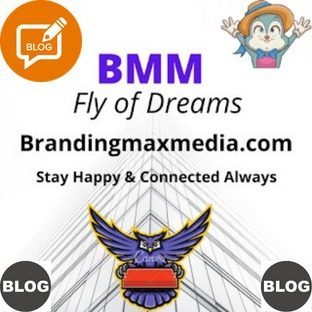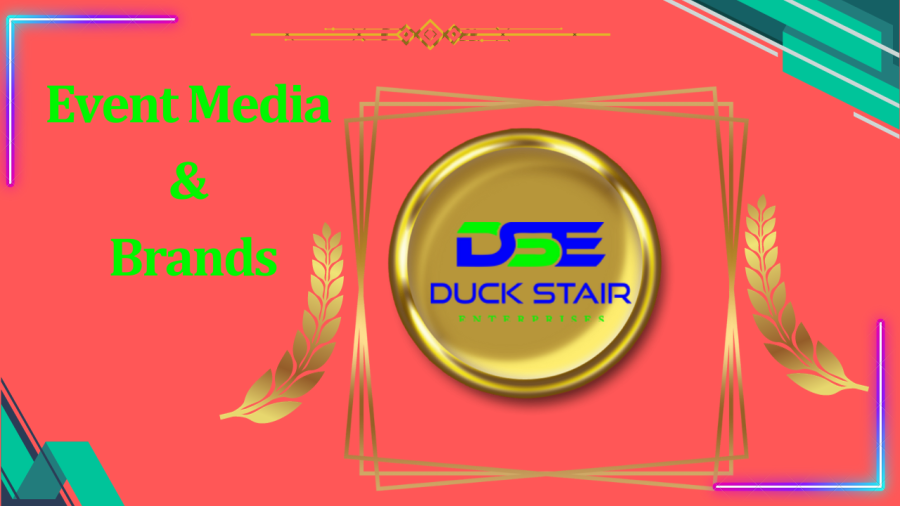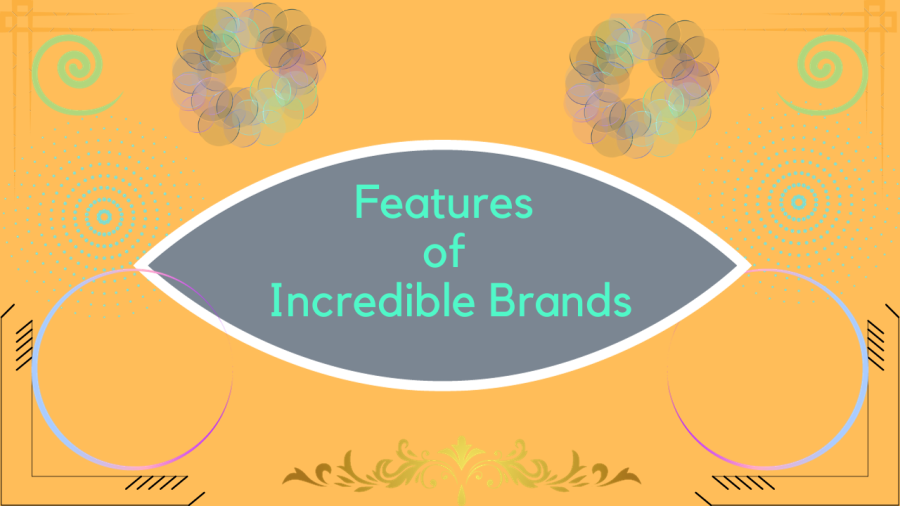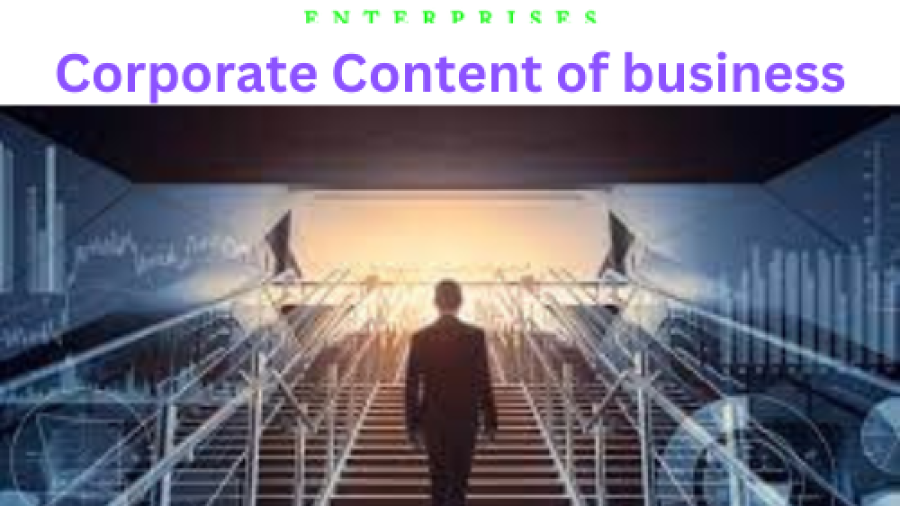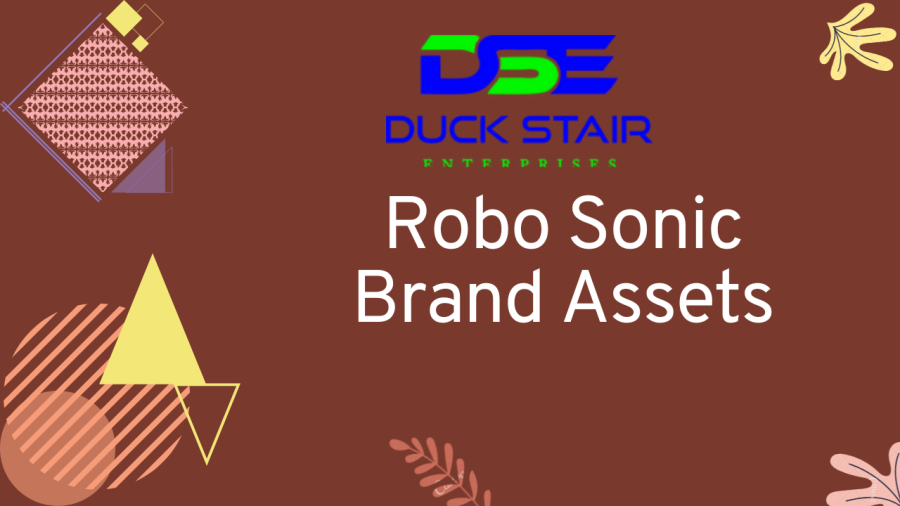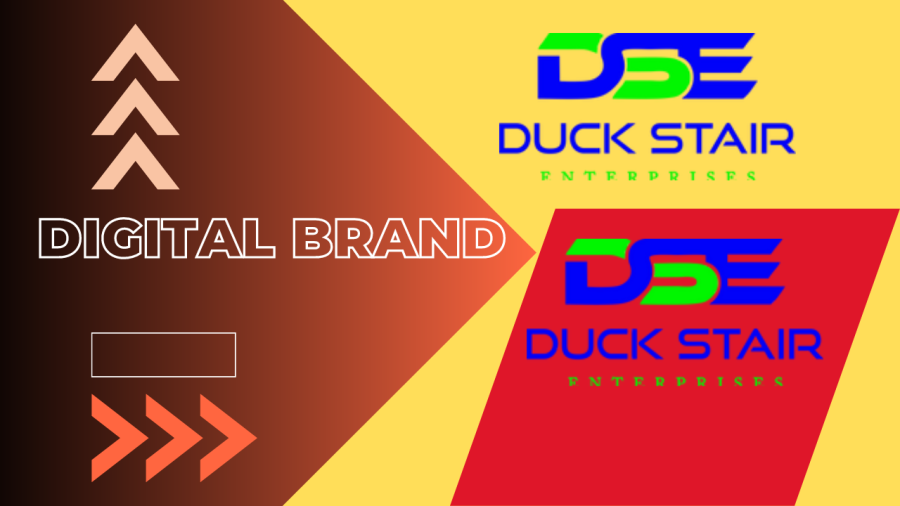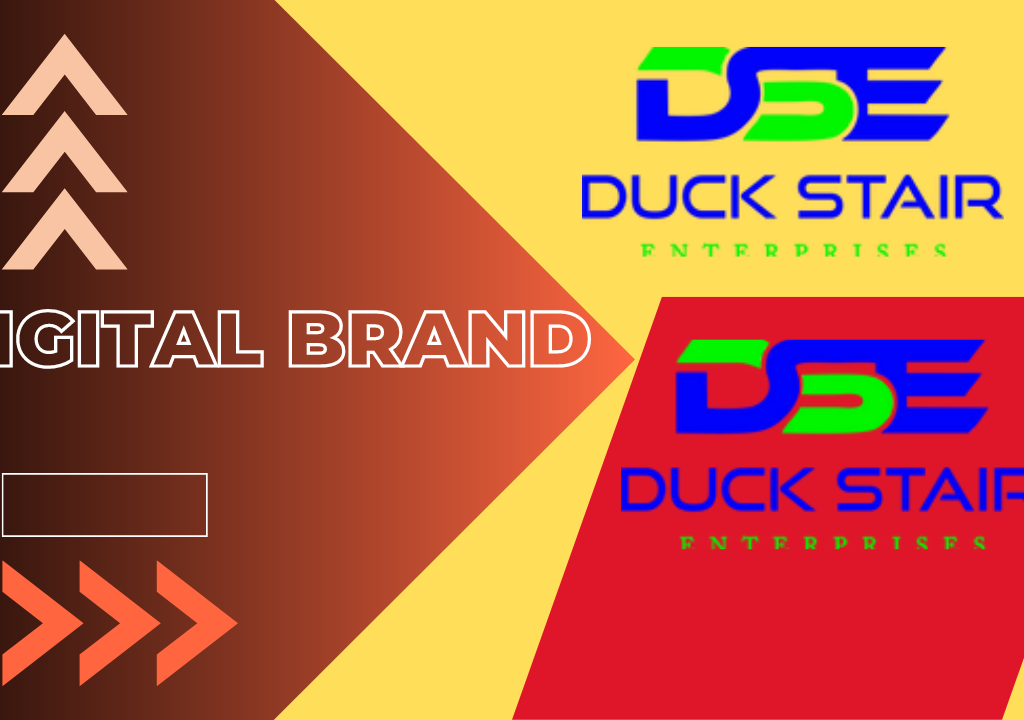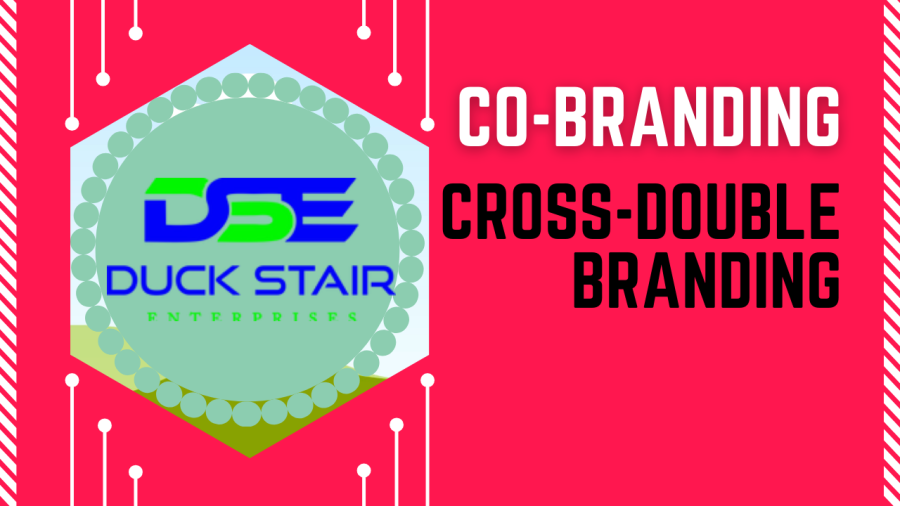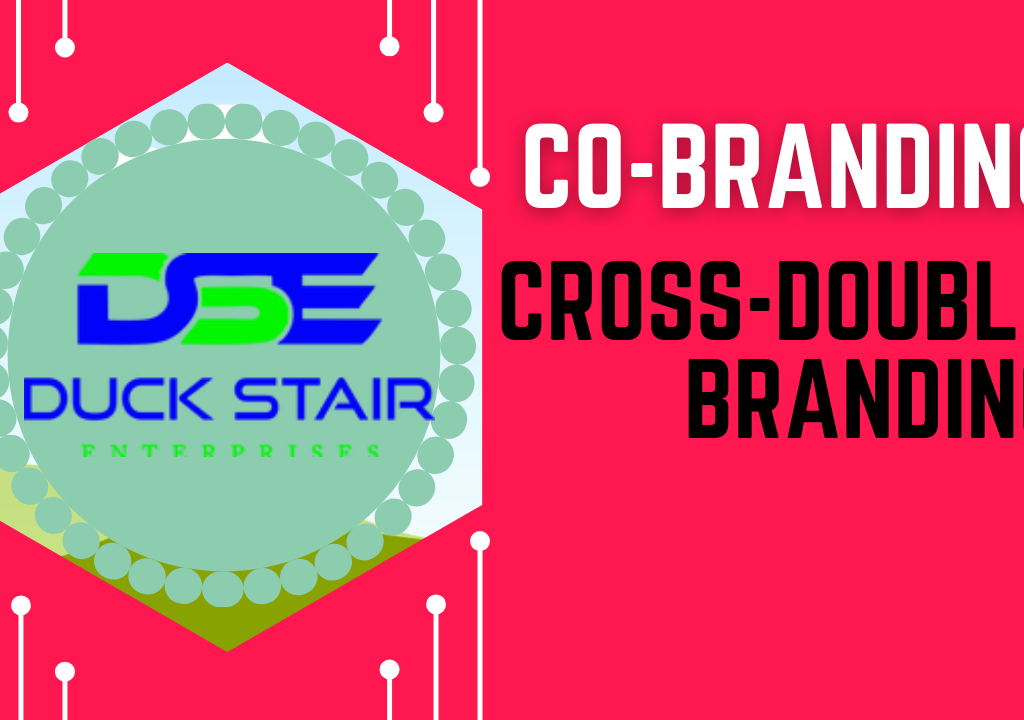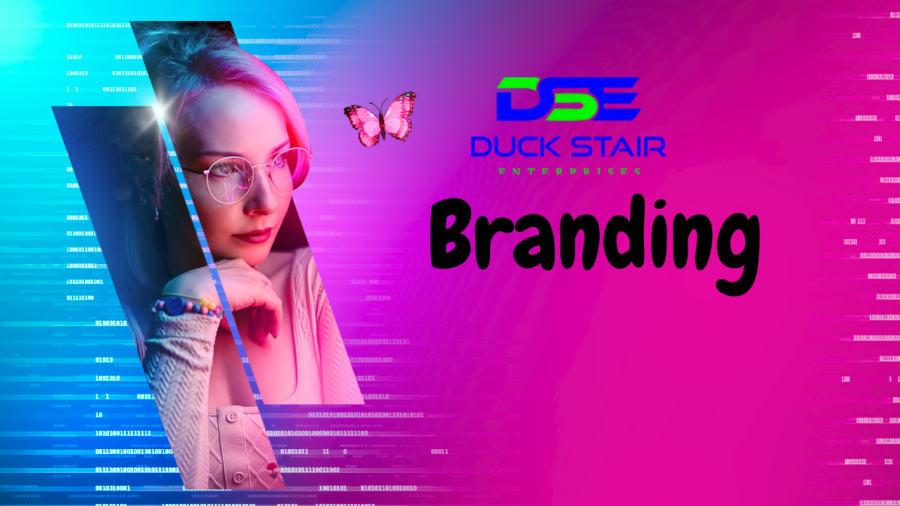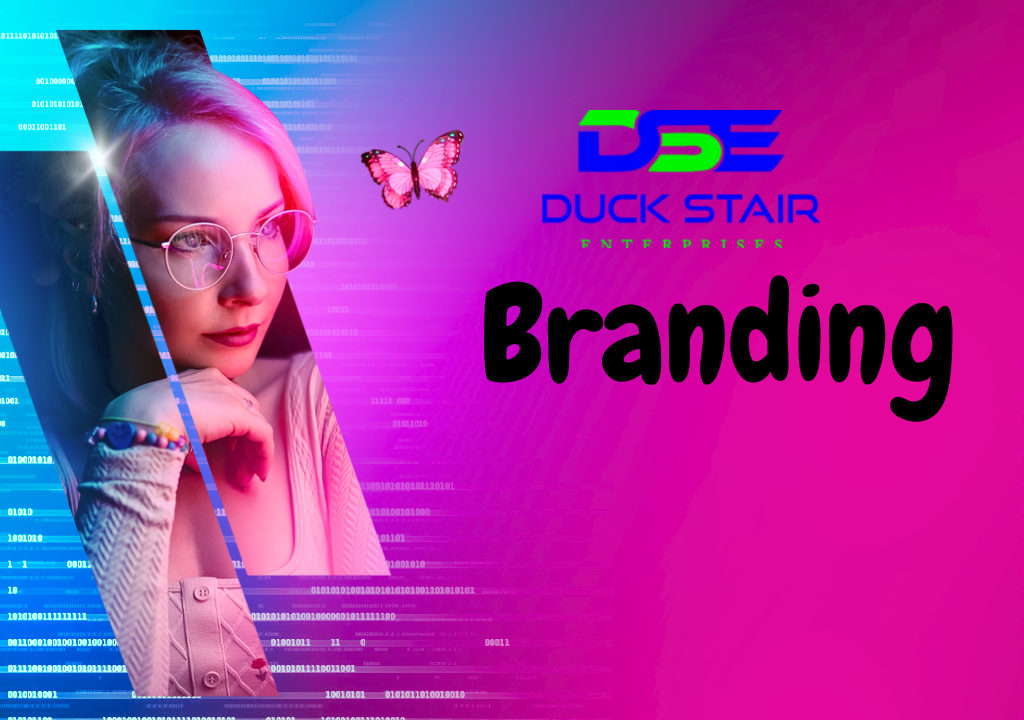Elements of Brand Strategy
Brand procedure is an exhaustive arrangement that frames the drawn out objectives, values, and character of a brand. It includes different components that add to forming how a brand is seen by its interest group.
“Crafting Tomorrow, Strategizing Today: The Essence of Brand Strategy.”
Here are key elements of a brand strategy:
Brand Purpose:
Define the reason for the brand’s existence beyond just making a profit.
Clarify the positive impact or change the brand aims to bring to its customers or society.
Brand Mission:
Clearly articulate the brand’s overall mission and what it aims to achieve.
Align the mission with the brand’s values and purpose.
- “Navigating Success: The ABCs of Brand Strategy.”
Brand Positioning:
Determine the unique value proposition that sets the brand apart from competitors. Identify the target market and tailor the brand’s positioning to appeal to that specific audience.
“Elements Unveiled, Strategy Revealed: Building Brands for the Future.”
Brand Values:
Define the core values that guide the brand’s behaviour and decision-making. Ensure that these values resonate with the target audience and are consistently communicated.
“Where Ideas Converge, Strategies Emerge: Crafting Your Brand’s Destiny.”
Brand Personality:
Assign human characteristics and traits to the brand to make it more relatable. Consider how the brand would “behave” if it were a person, and align this personality with the target audience.
Brand Identity:
Make a visual personality that incorporates a vital logo, variety range, typography, and other plan components.
Ensure consistency in visual elements across all brand communications.
“Connecting Dots, Creating Impact: Mastering the Elements of Brand Strategy.”
Brand Voice:
Develop a distinct tone and style for the brand’s communication.
Tailor the brand’s voice to match the values, personality, and preferences of the target audience.
“Blueprints of Brilliance: Elements that Shape a Powerful Brand Strategy.”
Brand Story:
Make a convincing story that imparts the brand’s set of experiences, values, and mission.
Use narrating to make a profound association with the crowd.
Target Audience:
Clearly define and understand the demographics, psychographics, and behaviours of the target audience.
Tailor all brand messages and strategies to resonate with this specific group.
“Beyond Logos, Beyond Slogans: The Strategic Alchemy of Branding.”
Competitive Analysis:
Assess the strengths and weaknesses of competitors.
Identify opportunities to differentiate the brand and capitalise on areas where competitors may be lacking.
“Strategic Symphony, Brand Harmony: The Elements that Resonate.”
Brand Experience:
Ensure that every interaction with the brand, whether online or offline, provides a consistent and positive experience.
Consider the customer journey and touchpoints to enhance brand perception.
“The Art and Science of Brand Strategy: Weaving Success Through Key Elements.”
Brand Extensions:
Explore opportunities for brand extensions or diversification.
Evaluate how the brand can expand into related products or services while maintaining coherence with its core identity.
Brand Metrics and Measurement:
Establish key performance indicators (KPIs) to measure the success of the brand strategy.
Regularly evaluate and adjust the strategy based on performance metrics and market changes.
Brand Guidelines:
Develop a comprehensive set of brand guidelines to ensure consistency in all brand communications.
Include guidelines for logo usage, colour schemes, typography, and messaging.
“From Vision to Victory: Unleashing the Power of Strategic Branding.”
Adaptability and Evolution:
Perceive that the brand system might have to develop over the long haul to remain significant. Remain dexterous and adjust to changes on the lookout, industry, or buyer inclinations.
A distinct brand system adjusts the brand to its main interest group, separates it from contenders, and lays out serious areas of strength for a long haul achievement.
